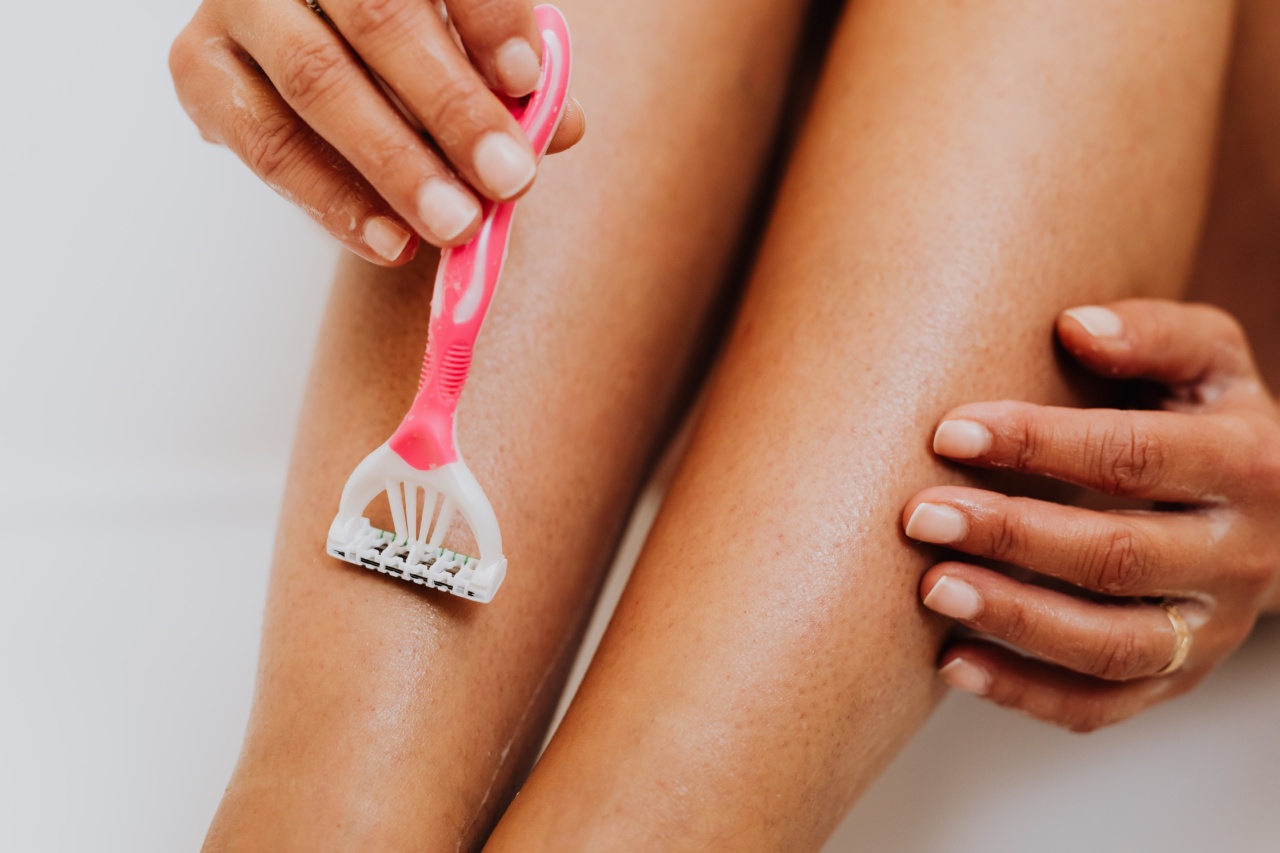Shaving is a necessary part of grooming for many people, but it can also cause a range of skin problems such as razor burn, ingrown hairs, and razor bumps.
These issues can be painful and unsightly, leaving you with uncomfortable, red, and irritated skin. However, there are several ways you can avoid these issues and get a smooth, close shave every time. In this article, we’ll discuss some top tips for avoiding razor burn and other shaving-related skin damage.
1. Prep Your Skin
Before you start shaving, it’s essential to prepare your skin properly. First, wash your face with warm water to soften your skin and open your pores.
You may also want to use a pre-shave oil or cream to help lubricate your skin and make your razor glide smoothly over your skin. This will help prevent razor burn and other skin damage when you shave.
2. Use the Right Razor
Choosing the right razor can be a game-changer when it comes to getting a close, smooth shave without irritating your skin.
There are many types of razors on the market, from disposables to electric razors, and it’s important to find the one that works best for you. Ideally, your razor should have a sharp blade that can cut your hair without pulling or tugging, and a comfortable grip that allows you to control the angle and pressure of the blade.
3. Shave in the Right Direction
The direction you shave in can also affect your skin’s reaction to shaving. Shaving against the direction of hair growth may seem like a good idea for a closer shave, but it can also cause razor burn and other skin irritations.
Instead, try shaving with the direction of hair growth. This may not give you as close a shave at first, but it will help prevent skin damage and irritation.
4. Use Shaving Cream or Gel
Shaving cream or gel can help lubricate your skin and protect it from the razor. Look for products that are designed for your skin type, and avoid harsh chemicals or fragrances that could irritate your skin.
Apply a thin layer of shaving cream or gel over the areas you want to shave, and let it sit for a minute or two before you start shaving.
5. Rinse Your Razor Often
Rinsing your razor often while you shave can help prevent the buildup of hair, shaving cream, and dead skin cells that can clog the blades and cause razor burn.
Simply rinse the blades under warm water after every few strokes to keep them clean and sharp.
6. Don’t Apply Too Much Pressure
Pushing down too hard on your razor can cause it to pull at your hair and scrape against your skin, leading to razor burn and other skin irritations. Instead, let the weight of the razor do the work.
Use gentle, controlled strokes to shave the hair, and avoid applying too much pressure to the skin.
7. Moisturize After Shaving
After you’ve finished shaving, be sure to moisturize your skin with a gentle, non-irritating moisturizer. This can help soothe any razor burn or skin damage and keep your skin soft and smooth.
Look for products with natural ingredients like aloe vera or chamomile, which can help reduce inflammation and redness.
8. Use an exfoliating scrub
Exfoliating your skin before and after shaving can help remove dead skin cells and unclog pores, reducing the risk of razor burn and other skin irritations. Use a gentle exfoliating scrub once or twice a week to keep your skin healthy and smooth.
9. Know when to replace your razor
A dull or worn-out razor can be the cause of razor burn and other skin irritations. Make sure you replace your razor regularly and use a new blade every few shaves.
A sharp blade will cut through your hair cleanly, reducing the risk of tugging or pulling on your skin.
10. Don’t shave every day
If you’re prone to razor burn and other skin irritations, it may be best to avoid shaving every day. Shaving can be a harsh process, and giving your skin a break can help it heal and recover.
Try shaving every other day, or every few days, to give your skin time to rest and recover between shaves.
Conclusion
Shaving can be a challenging process, particularly if you’re prone to razor burn and other skin irritations. However, with these top tips, you can protect your skin and get the smooth, close shave you want. Remember, preparation is key.
Take your time to prepare your skin properly, use the right razor, and shave in the right direction. And don’t forget to moisturize your skin afterwards to keep it soft and healthy. With these tips, you can avoid razor burn and other shaving-related skin damage and keep your skin looking and feeling great.




























